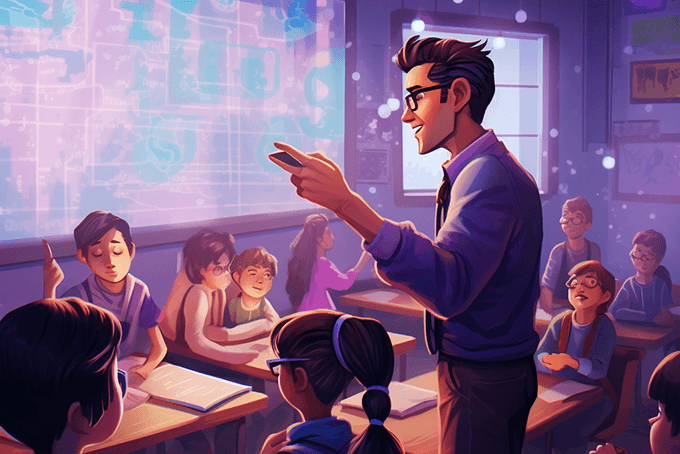Being able to identify and effectively diagnose learning problems in students can benefit both the child and the teacher. As an educator, if you know what modifications you can make in your teaching to ensure the child learns in a way that he or she is able, you will be able to bridge a gap that others may not be able to. Additionally, by tailoring your lesson plan, you might help other children, who don’t display difficulties, learn in new and innovative ways.
How Common are Learning Disabilities?
“The National Institute of Health of the United States has stated that fifteen percent of the American population has some form of learning disability. Looking at this another way, for every class of approximately twenty students, three of the children are learning disabled,” an article on Essortment.com said.
Disability vs. Difficulty
Identifying the type of struggle a child may have with learning is also imperative to future success.
“First, there is a distinction between a learning disability and a difficulty. The two terms are sometimes used interchangeably, but there is a distinct difference between the two. Everyone experiences difficulty when learning something. We are not adept at every skill. A learning disability on the other hand, refers to a disorder manifested by significant difficulties in acquisition and use of listening, speaking, reading, writing, reasoning or mathematical abilities,” Essortment.com said.
Types of Learning Disabilities
- Dyslexia: “is a reading disability resulting from the inability to process graphic symbols,” Google Health said.
- Dyscalculia: is “a lesser-known learning disability that affects mathematical calculations. It is derived from the generic name “mathematics difficulty,” according to West Virginia University.
- Dysgraphia: is “a learning disability resulting from the difficulty in expressing thoughts in writing and graphing. It generally refers to extremely poor handwriting,” West Virginia University said.
Indications of a Learning Disability
From “Strategies for Teaching Students with Learning Disabilities” from West Virginia University:
- Difficulty learning new skills, relying on memorization
- Trouble learning about time
- Difficulty remembering facts
- Confusing basic words (dog, cat, run)
- Poor coordination, ‘accident prone’, unaware of physical surroundings
- Having a hard time learning the connection between letters and sounds (Phonetics)
- Spelling and reading errors such as substitutions (house/home), letter reversals (b/d), inversions (m/w) and transpositions (felt/left)
- Problems with planning
- Impulsive behavior
- Transposes number sequences and confuses arithmetic signs
Strategies in the Classroom
There are many ideas you can use to connect with children in your classroom who may have trouble learning some subject matter. You may have to implement several different ways of education to make an impact on every student, regardless of a learning disability.
A few tips from LD Online, a leading Web site for teaching students with learning disabilities and ADHD:
- Move around in the classroom to maintain your visibility.
- Teach thematically whenever possible, allowing for integration of ideas/concepts and connections to be made.
- Present at a lively, brisk pace.
- Be prepared and avoid lag time in instruction.
- Use pictures, diagrams, gestures, manipulatives, and high interest materials.
- Use higher-level questioning techniques. Ask questions that are open-ended, require reasoning, and stimulate critical thinking and discussion.
- Decrease the amount of time you are doing the talking. Make all efforts to greatly increase student responses (saying and doing something with the information being taught).
- Use direct instruction techniques and other methods of questioning that allow for high response opportunities (i.e., unison responses, partner/buddy responses).
- Structure the lesson so that it can be done in pairs or small groups for maximum student involvement and attention.
- Alter the way students are called on to avoid calling on students one at a time. Instead, have students respond by “telling their partner,” writing down or drawing their response, or other alternative way.
More Information for Educators
LD Online offers many checklists for teachers, concerning getting students’ attention and how to move effectively around the classroom. You can find the entire list here.



